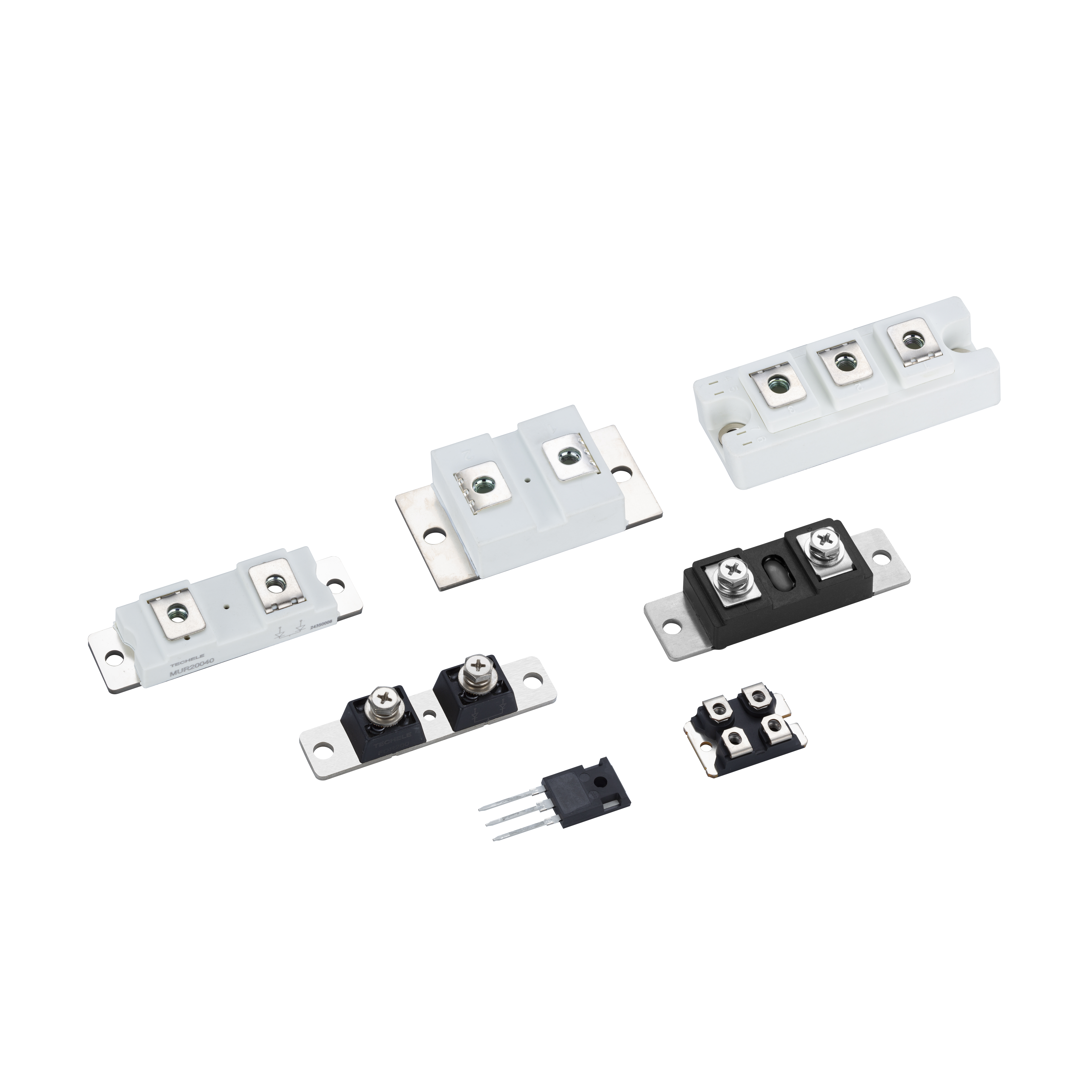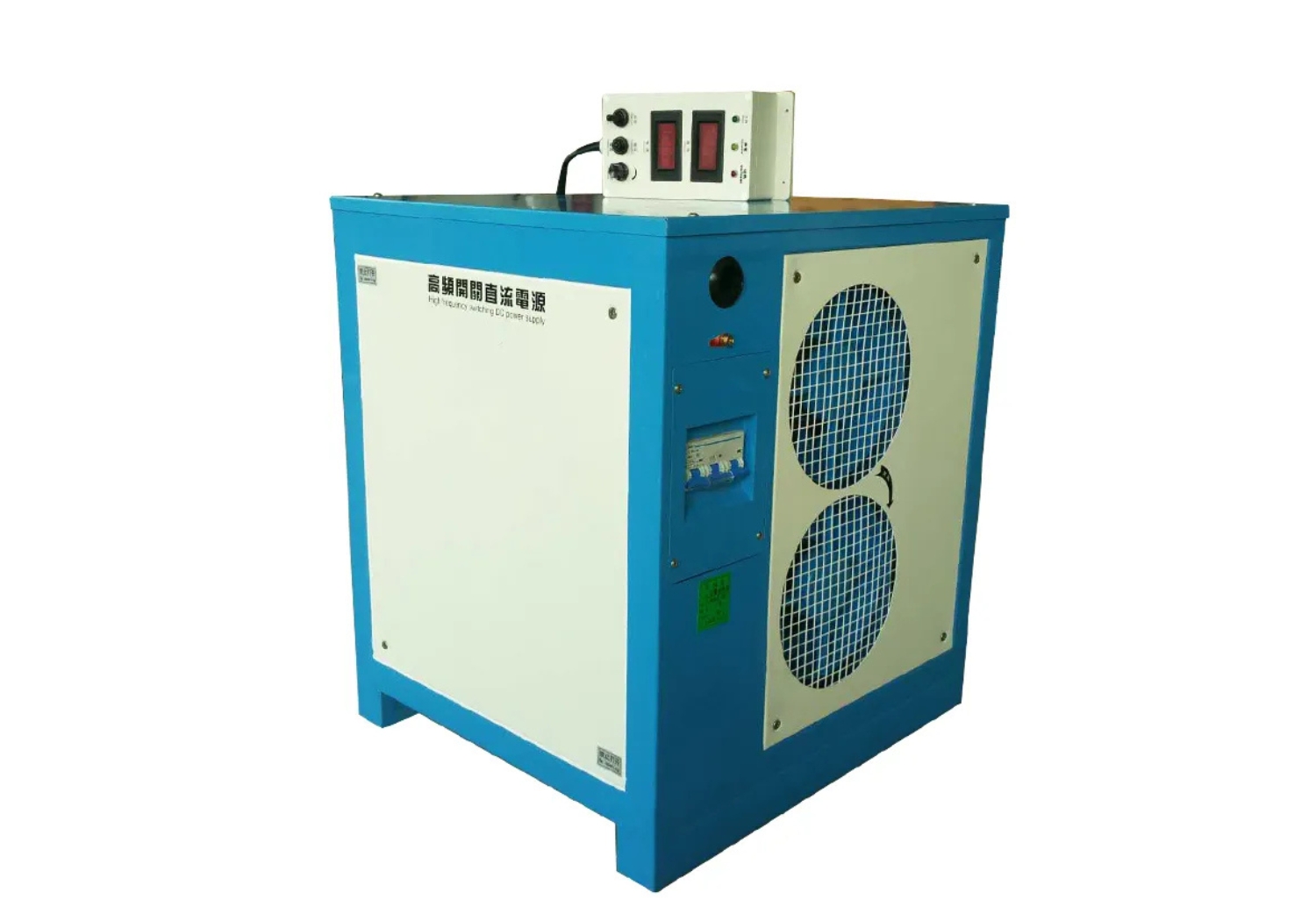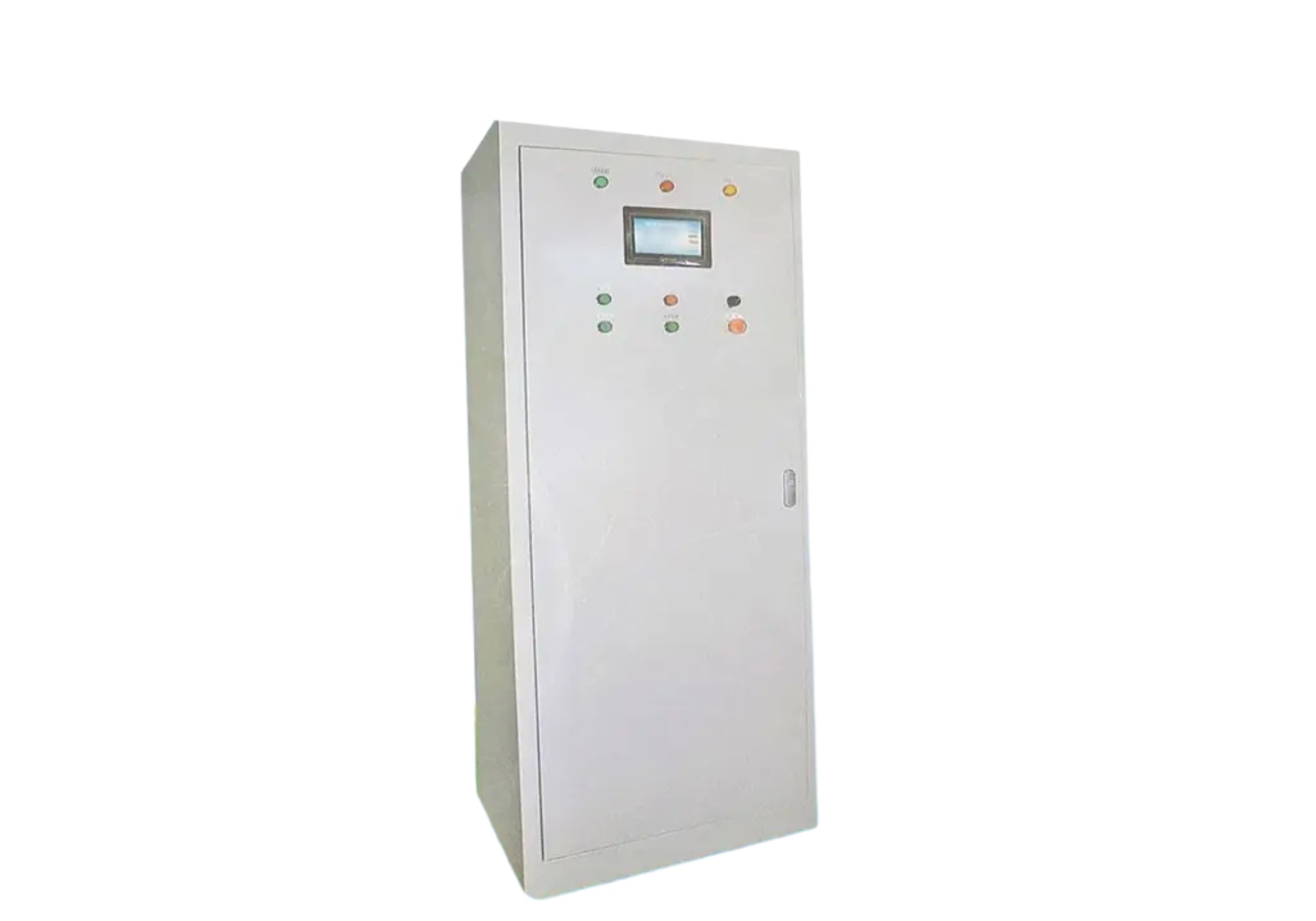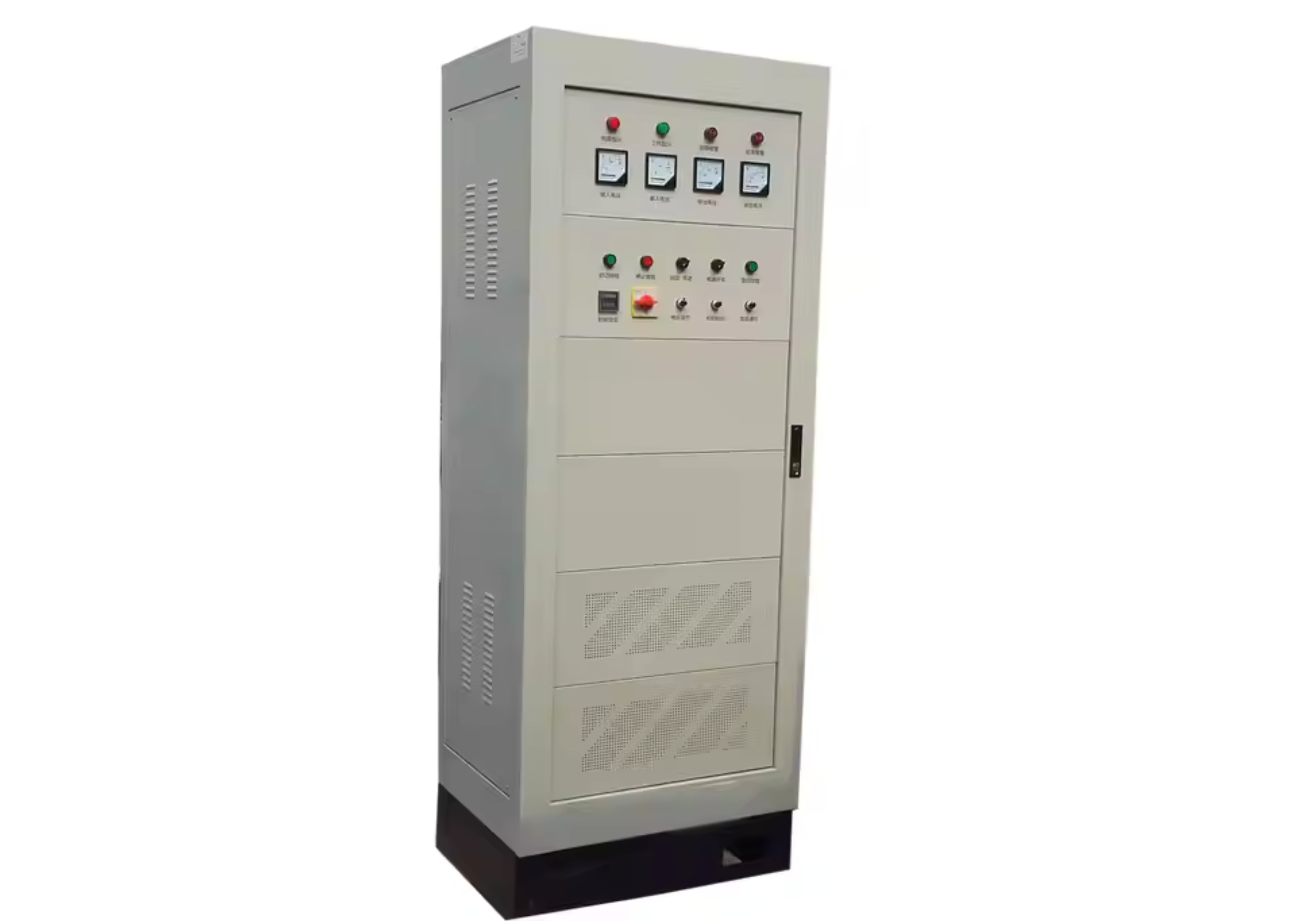Avoiding Overstress: Choosing VDRM, VRRM, and Switching Ratings for UPS Thyristors
Designing thyristor-based UPS systems involves balancing electrical durability with environmental resilience. Among the key electrical parameters that engineers must understand and apply are VDRM (maximum repetitive off-state voltage), VRRM (reverse), dV/dt (voltage rate of change), and di/dt (current rate of change). Selecting appropriate ratings not only ensures reliability but also prolongs module life.
1. Electrical Stress and Voltage Blocking Performance
The UPS environment is dynamic. Voltage spikes, EMI, and sudden phase fluctuations are common. Choosing a thyristor that can withstand these variations without false triggering or degradation is critical. For example, a 106A thyristor module for UPS systems must be specified with VDRM/VRRM levels well above the highest transient expected on the line.
With the 106A thyristor module for UPS systems, it’s common to apply a 25% margin over peak AC line voltages. A 400V RMS input might need at least 800V VDRM, preferably more. Failure to add this buffer can lead to occasional turn-on and increased leakage current.
As these ratings degrade over time due to thermal cycling, ensuring robust initial voltage strength helps maintain long-term blocking integrity in the 106A thyristor module for UPS systems.
2. Limiting Spurious Triggering via dV/dt Selection
The dV/dt value describes how quickly voltage may rise across the device before it self-triggers. In environments with frequent switching or noisy grids, this is a major concern.
Modules such as the high-surge phase-angle-control junction-temp-130°C 106A thyristor module for UPS systems are engineered with enhanced dV/dt resilience. They prevent unintended turn-on during voltage steps or overshoots, which occur during transfer switching or rectifier activation.
Repeated tests show the high-surge phase-angle-control junction-temp-130°C 106A thyristor module for UPS systems can maintain holding voltage in face of high dV/dt loads, allowing engineers to relax circuit snubbing requirements.
These modules are thus ideal for modern, compact UPS where board space is limited and active snubbers are not feasible.
3. Thermal Control Through Mechanical Design
Electrical performance is closely tied to thermal handling. Excess heat reduces the lifespan of thyristor junctions and affects switching performance. That’s why the panel-mount heat-sink compact 106A thyristor module for UPS systems is used widely in confined installations.
By using a panel-mount heat-sink compact 106A thyristor module for UPS systems, designers ensure lower thermal resistance, consistent surface pressure, and better alignment in vertical airflow enclosures. The thermal path from silicon junction to case is minimized, reducing thermal lag and preventing overshoot during switching events.
Consistent heat flow allows the di/dt rating to be preserved during rapid turn-on, preventing localized hotspot damage — a known failure point in unmounted configurations.
4. Ensuring Safety and Regulation Compliance
Another increasingly important factor in selection is compliance. Customers require assurance that systems meet environmental and health regulations. Modules such as the RoHS phthalates-free SVHC-free 106A thyristor module for UPS systems enable safe use in global markets without sacrificing electrical integrity.
In a RoHS phthalates-free SVHC-free 106A thyristor module for UPS systems, the absence of banned substances ensures insulation layers and encapsulation compounds perform as expected over time. They don’t crack under thermal stress or degrade under humidity — common causes of VDRM failure.
Engineers now regularly prefer RoHS phthalates-free SVHC-free 106A thyristor module for UPS systems to meet both technical and documentation needs, simplifying import/export paperwork and quality audits.






